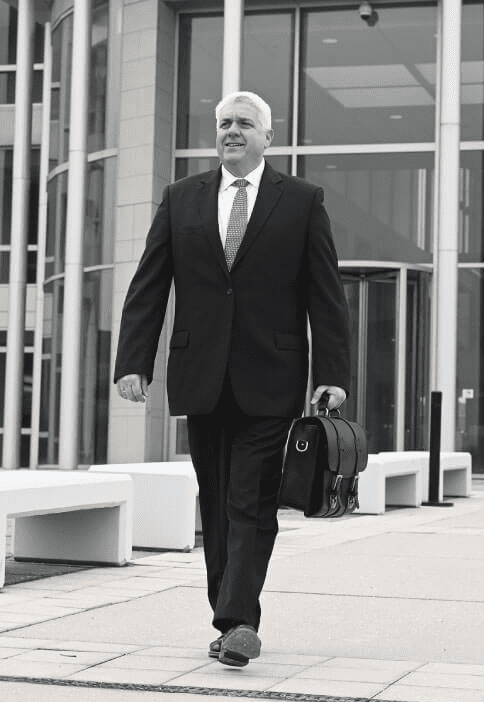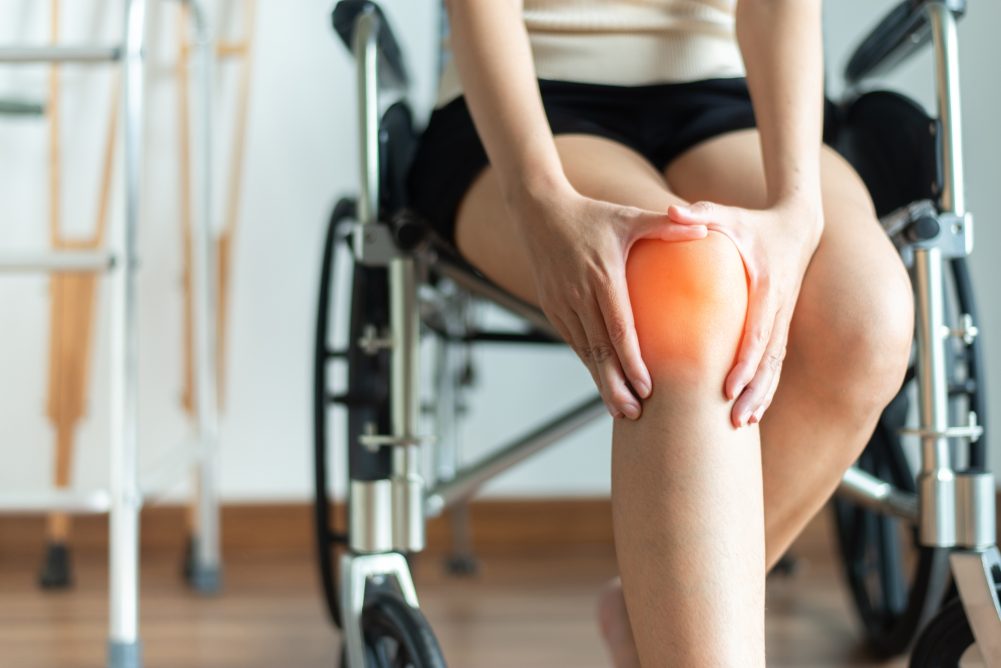Bones may be the framework of the human body, but not all bones are created equal in their strength and durability. Certain bones in the body, due to their size, density, and location, are significantly harder to break. When serious injuries, like a broken bone requiring surgery, result from a car accident or another person’s negligence, the impact on a person’s life can be significant. Understanding the full extent of the injury is essential for personal injury victims navigating compensation claims and planning for physical recovery.
For over 35 years, Clark Frost Zucchi, P.C. has been committed to standing up for injury victims, ensuring their rights are upheld and their voices heard. In this post, we’ll explore which bones are the hardest to break, the recovery process, and how these factors might influence your personal injury case. By the end, you’ll have a deeper understanding of your injury and the steps you can take to seek the compensation you deserve.
The Hardest Bones to Break
The human body contains 206 bones, and some are far stronger than others. Here’s a look at the bones that are considered the hardest to break and the reasons behind their strength.
The Femur (Thighbone)
The femur, renowned as the strongest and longest bone in the human body, plays a vital role in supporting your entire weight while standing, walking, or running. Its incredible strength makes it highly resistant to fractures, with breaks typically occurring only under extreme force, such as in motor vehicle accidents involving semi-trucks or falls from great heights. Remarkably, femur fractures affect only 10 out of every 100,000 people annually – it’s that strong. This resilient bone is a testament to the body’s engineering, designed to endure immense pressure and provide essential stability.
Key Facts About the Femur’s Strength
- Due to its size and thickness, the femur is highly resistant to fractures.
- Breaks are often classified as transverse, spiral, or comminuted fractures, and they typically occur in severe incidents.
- A femoral shaft fracture usually requires surgical treatment, such as intramedullary nailing, to ensure proper healing.
The Skull
While it may seem surprising, the skull is one of the hardest bones to fracture. Its primary function is to protect the brain, so it is designed to withstand strong impacts. Fractures in the skull most often occur due to severe blows, falls, or accidents.
Why the Skull Is Strong
- The skull has a curved structure, which disperses impact forces to reduce the likelihood of fractures.
- Fractures often occur in extreme cases, such as high-speed collisions or incidents involving heavy objects.
The Patella (Kneecap)
The patella serves as a shield for the knee joint and is another notably tough bone. Its location and structure help it resist fractures from everyday activities. However, direct trauma—like a fall onto the knee or a car accident—can result in significant damage.
The Humerus (Upper Arm Bone)
The humerus, located in the upper arm, is also remarkably durable. Fractures often occur near the shoulder or elbow and are typically the result of falls or high-impact injuries.
Recovery for These Bones
While strong bones resist fractures, they come with unique challenges when it comes to recovery:
Femur Recovery
- Healing Time: Typically 3 to 6 months or longer, depending on the severity of the fracture.
- Treatment often involves surgery, physical therapy, and weight-bearing restrictions.
- Even after healing, complete restoration of pre-injury strength and mobility may be difficult, particularly for open or comminuted fractures.
Skull Recovery
- Skull fractures usually heal within 4 to 6 weeks under appropriate medical care.
- Severe fractures may lead to complications such as brain injuries, requiring long-term neurological rehabilitation.
Patella Recovery
- Healing Time: 6 weeks to several months, depending on whether surgery is required.
- Early mobilization and physical therapy are key to restoring the full range of motion in the knee.
The recovery process can be complex, requiring significant medical attention, therapy, and time. For personal injury victims, these factors often play a central role in determining compensation.
Bone Fractures in Personal Injury Cases
Compensation for fractures in personal injury cases is generally determined by evaluating several critical factors, including the location and severity of the injury. Fractures in weight-bearing bones, such as the femur or spine, tend to result in higher compensation amounts due to their significant impact on mobility and quality of life. The complexity of the injury, such as whether the fracture is compound or comminuted, also plays a major role in assessing compensation. Additionally, medical expenses, the need for ongoing treatment or rehabilitation, lost wages, and the extent of pain and suffering are taken into account. If you have sustained a fracture, particularly in a critical area like the leg, arm, or spine, you may be entitled to greater compensation due to the prolonged recovery time and potential long-term effects of the injury.
Prioritize Your Health and Legal Rights
While all bones play a crucial role in our body’s functioning, some are undoubtedly more challenging to break than others due to their size and placement. Injuries to these hard-to-break bones require specialized care and often have long-lasting impacts on the victim’s life. If you’ve suffered a bone fracture due to someone else’s negligence, it’s crucial to work with an experienced personal injury attorney who can help you pursue the compensation you deserve. Contact Clark Frost Zucchi, P.C. today for a free consultation, and let us fight for your rights. Together, we can seek justice and ensure your recovery is given the attention and care it deserves.














